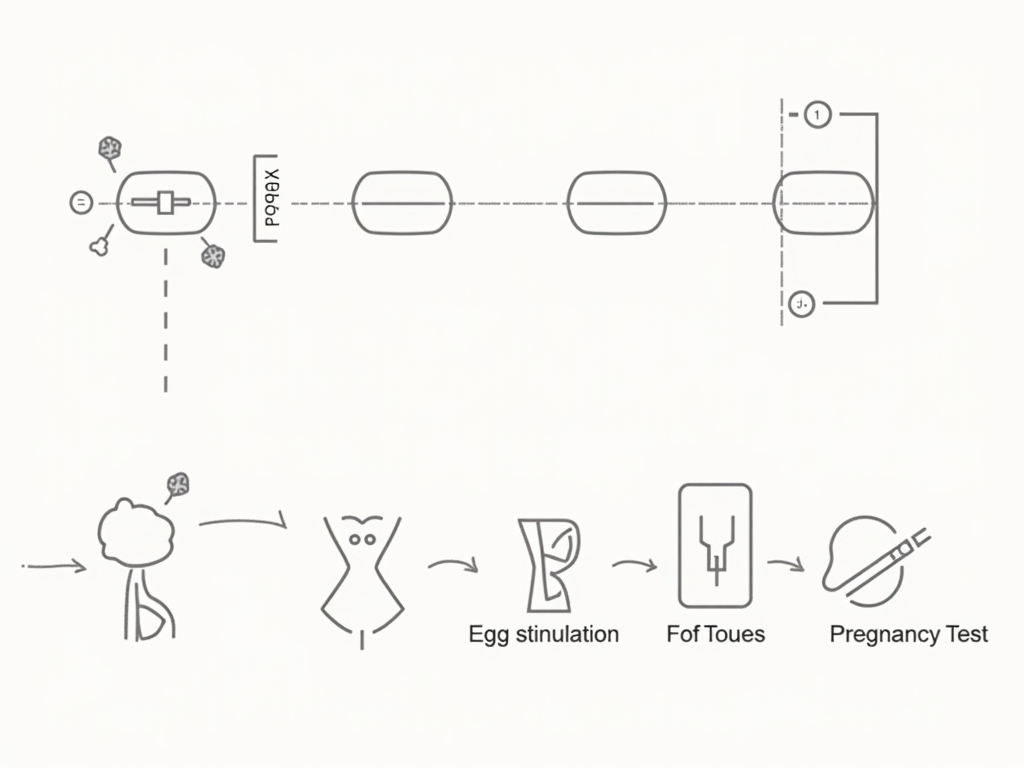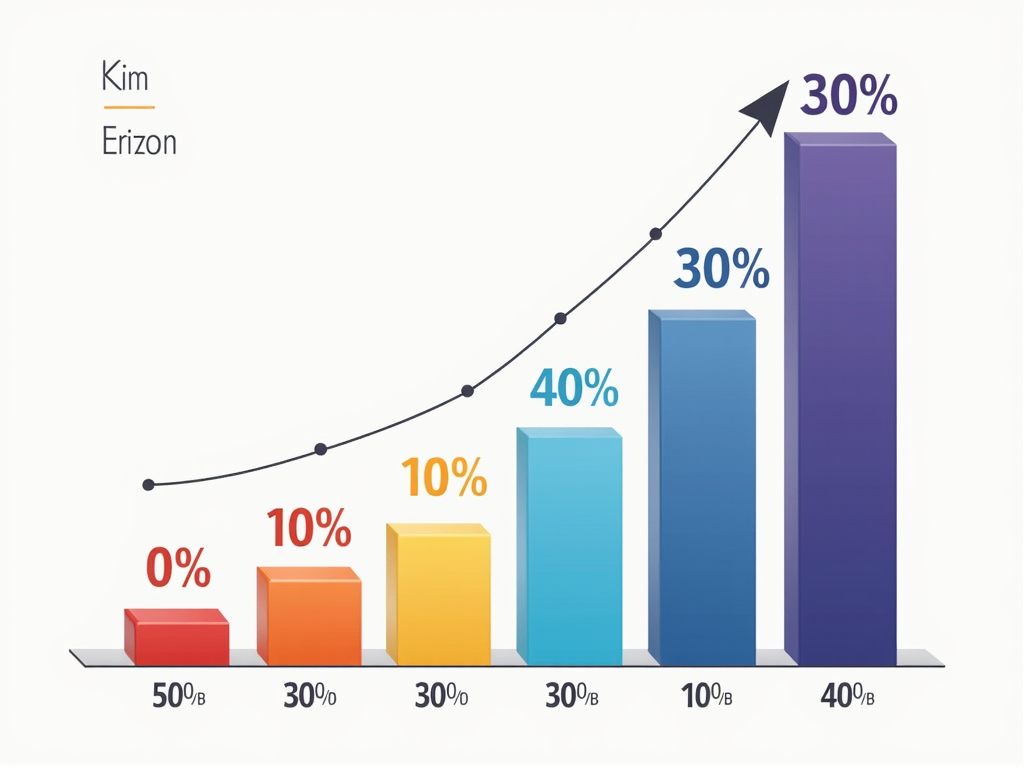Success Rates of IVF: What to Expect
March 22, 2025, 9:35 a.m.
Starting a family can feel out of reach for some, but IVF offers hope. Over 8 million babies have been born through IVF since 1978. This article dives into the success rates of IVF, what to expect, and how to prepare for this journey.
What is IVF?
In vitro fertilization, or IVF, is a popular fertility treatment. Doctors retrieve eggs from a woman’s ovaries, fertilize them with sperm in a lab, and transfer the resulting embryos into the uterus. It’s a process that blends science and hope.
IVF began in 1978 with the birth of Louise Brown, the first 'test-tube baby.' Today, it’s a go-to option for couples facing challenges like blocked fallopian tubes, ovulation issues, or male infertility. If you’re new to this, think of it as Understanding IVF: A Beginner’s Guide—a way to take control of your fertility.

How Does IVF Work?
The IVF process has several steps. Here’s what happens:
-
Ovarian Stimulation: You’ll take hormone shots to help your ovaries produce multiple eggs. These are daily injections, often done at home, and monitored with ultrasounds and blood tests.
-
Egg Retrieval: When the eggs are ready, a doctor uses a thin needle to collect them from your ovaries. It’s a quick procedure—about 20 minutes—done under light sedation.
-
Fertilization: In the lab, eggs meet sperm. Sometimes, a single sperm is injected into an egg using a method called ICSI.
-
Embryo Growth: The fertilized eggs grow into embryos over a few days. Experts pick the strongest ones.
-
Embryo Transfer: A doctor places one or more embryos into your uterus using a thin tube. It’s painless and takes just a few minutes.
-
Waiting Period: Two weeks later, a pregnancy test shows if it worked.
Each step builds toward the goal of a healthy pregnancy.

Success Rates of IVF: What to Expect
How likely is IVF to work? It depends. The Society for Assisted Reproductive Technology (SART) tracks success rates, measured as live births per cycle. For women under 35, the average is about 40%. But age plays a big role.
Here’s a look at the numbers:
| Age Group | Live Birth Rate |
|---|---|
| Under 35 | 40% |
| 35-37 | 30% |
| 38-40 | 20% |
| Over 40 | 10% |
These are averages—not guarantees. Your health, lifestyle, and clinic quality matter too. A friend of mine, at 36, succeeded on her second try after switching clinics. Ask your doctor for their specific success rates to set realistic expectations.

Preparing for Fertility Treatments
Getting ready for IVF takes effort. It’s not just physical—it’s emotional and financial too.
-
Physical Prep: Eat well, exercise lightly, and skip smoking or heavy drinking. Your doctor might suggest prenatal vitamins or even acupuncture. One study showed it might boost success for some.
-
Emotional Prep: IVF can feel like a marathon. Talk to your partner, join a support group, or try meditation. I’ve seen couples lean on friends to stay grounded.
-
Financial Prep: A cycle can cost $12,000-$15,000 in the U.S., plus meds. Check insurance coverage or look into payment plans. Preparing for fertility treatments means planning ahead so stress doesn’t pile up.
Male Infertility and IVF
Men’s health matters in IVF too. Issues like low sperm count or poor movement can lower success rates. About 40% of infertility cases tie back to male factors, according to experts.
Doctors might suggest quitting smoking, cutting alcohol, or taking meds to boost sperm. For tougher cases, ICSI—where one sperm is injected into an egg—can help. A couple I know used ICSI after years of struggle, and it worked. Male infertility doesn’t mean IVF won’t succeed; it just needs the right approach.

What to Expect During IVF
IVF isn’t just shots and tests—it’s a full experience. Physically, hormone meds might leave you bloated or tired. Egg retrieval can bring mild cramping, but you’ll recover fast.
Emotionally, it’s intense. The two-week wait after embryo transfer? Pure suspense. You might feel hopeful one day, worried the next. Keeping busy helped my sister through it—she baked a cake a day! Lean on your partner or friends. Every step tests your patience, but support makes it bearable.

Tips to Boost Your IVF Journey
Want to improve your odds? Small changes can help:
-
Sleep Well: Aim for 7-8 hours. It balances hormones.
-
Stay Positive: Stress won’t ruin IVF, but calm feels better.
-
Ask Questions: Your doctor’s there to guide you—use them.
A colleague tried three cycles. She said trusting her team and staying healthy made the difference when it finally worked.
Wrapping Up
IVF is a big step, but it’s brought millions of families to life. Success rates vary—40% for younger women, lower as you age—but preparation and support can tip the scales. Whether it’s your first try or third, understanding IVF and what to expect keeps you in the driver’s seat. Work with your doctor, care for yourself, and know you’re not alone on this path.